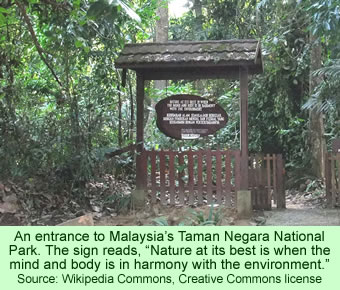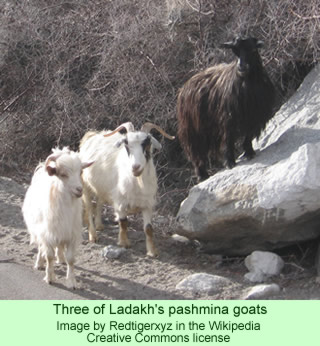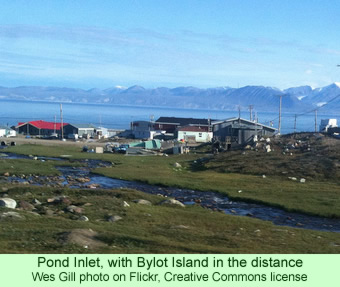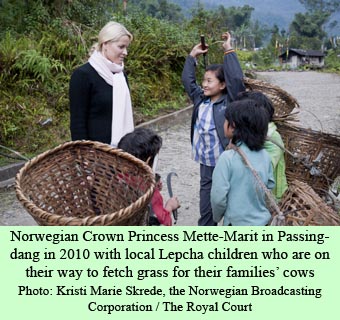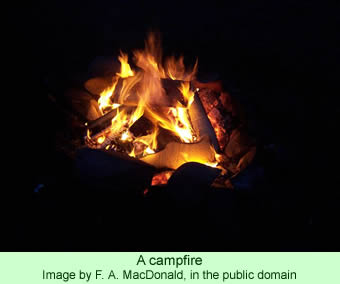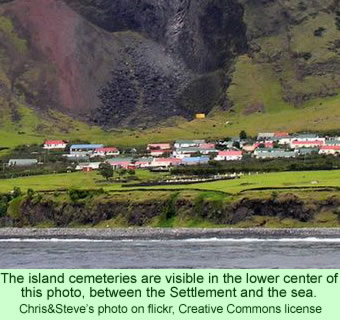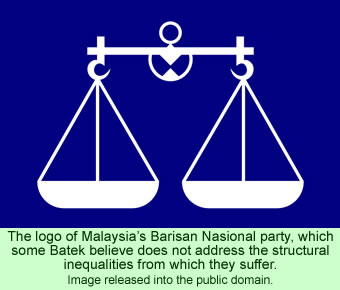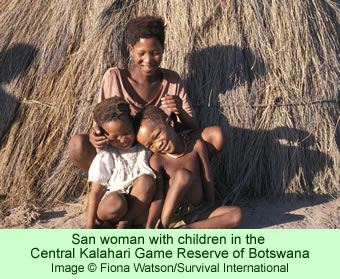Five months ago, a Malaysian newspaper, The Star, accompanied a celebrity to the Semai village of Kampung Ulu Tual and last week it published a story about a follow-up visit. The village is located in the Cameron Highlands, a mountainous region in the northwestern corner of Malaysia’s Pahang state.
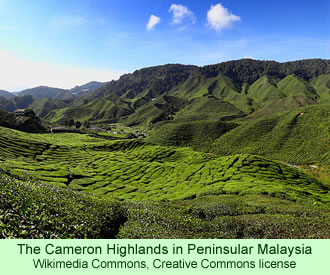 In mid-July, The Star sent a reporter to go along with the prominent Malaysian sports figure Nicol David, a world champion squash player and Goodwill Ambassador for the United Nations World Development Programme, in her daytrip to the Semai community. Ms. David was impressed with the hospitality she received in Ulu Tual.
In mid-July, The Star sent a reporter to go along with the prominent Malaysian sports figure Nicol David, a world champion squash player and Goodwill Ambassador for the United Nations World Development Programme, in her daytrip to the Semai community. Ms. David was impressed with the hospitality she received in Ulu Tual.
The July report in The Star described the progress that the village was making on the development of a community center, but the major focus of the article was on the difficulty the children face in getting to school every day. The article indicated that the kids have to walk 10 km (6 miles) each way to the school.
However, the report of the event in this website took issue with the statement by The Star reporter in July to the effect that formal education is frequently not a top priority for the Semai. Peaceful Societies cited scholarship by Dentan and Juli (2008) that maintains the Semai are indeed quite enthusiastic about the education of their children, despite the impediments to their attending school.
The Star decided to visit Ulu Tual five months later to review the schooling situation again, with a particular focus on how the children are actually able to travel to their nearest school. To judge by the latest report, the situation is not getting much better.
The department of education provides two pickup trucks, with drivers, to transport the children to the school in Senderut, another village. The kids begin climbing into the backs of the trucks by 4:00 am, they are so eager to be among the ones who are, in fact, able to go. The trucks are heavily overloaded, with about 30 children piled in each vehicle when they leave. Even with the two badly overloaded trucks, the two vehicles are still not enough and once they are both filled, the other children don’t get to go. Every morning, children are turned away.
Simggol, a 39-year old father of two girls who have gotten on one of the trucks, gives his opinions to the reporter: “We are upset with the transport situation. To make matters worse, one of the two vehicles isn’t in a roadworthy condition … it often breaks down.” He adds that the community has asked the education department for more vehicles. “Our children are really keen to go to school,” he says.
When it rains, the four-wheel drive trucks can’t navigate the dirt track, so the children don’t go to school at all. And since the trucks are so overloaded, sometimes children have fallen off, but fortunately there have not been any really serious injuries so far.
The Star reporter quotes Simggol extensively. He expresses his opinion that education is essential for success and change. Although many Orang Asli are uneducated, they should have the advantage of education open to them. He argues that “there are opportunities everywhere and being a rural community all we ask is for a ‘lift’ up.” He believes that the children in remote rural communities should have just as many educational advantages as those living in urban areas.
He adds that since there are already over 100 school age children in Ulu Tual, the village should have its own school. Harun Siden, the chief of the village, agrees that a school in Ulu Tual would be the best solution. He is concerned that the numbers of children attending school are diminishing due to the problems. If nothing is done, he feels, the entire village could become populated with dropouts.
Jenita Engi, who coordinates a learning center in the village, says she is baffled that the school authorities haven’t opened a school in Ulu Tual. A nearby Semai village, Pos Betau, which reportedly lacks good communications with the outside world, has a primary school with hostels for the students, she says.
She adds that nearly half of the children in Ulu Tual have recently stopped attending school because of the difficulties with transportation. She believes that the children of the community will do well in their studies if they are ever able to attend school every day.
The Star reporter interviewed the former Member of Parliament for the area, S. K. Devamany, who said that the department of education should get involved in solving the problem. “Immediate measures should be taken to improve the transport system. It is a crime if children are not sent to school,” Devamany said.
The director of the department, Hasnan Hassan, admitted that while one of the vehicles is not really roadworthy, “the department is looking for a reliable transport operator who will be hired in the immediate future.” That administrator added that it is important to upgrade the roads connecting Kampung Ulu Tual and other villages with Senderut, so that busses and vans can provide improved services.
